
Dog Allergy Medicine: Finding Relief for Your Furry Friend
When you have a beloved dog as a part of your family it can be distressing to see them suffer from allergies . Like humans , dogs can experience allergic reactions to certain substances causing discomfort and health issues.
Fortunately , effective allergy medicines are available to alleviate their symptoms and improve their quality of life. In this article , we will explore different types of dog allergy medicine and provide insights into their usage , benefits and potential side effects.
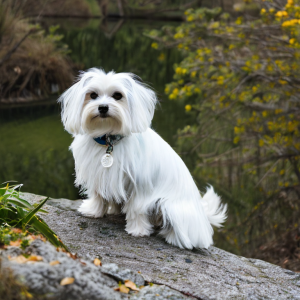
Understanding Dog Allergies
Types of Dog Allergies
Dogs can be allergic to various substances, including:
Environmental Allergens: Pollen , dust mites , mold spores and grass can trigger allergic reactions in dogs.
Food Allergies: Certain ingredients in their diet such as beef , chicken , grains or dairy can cause allergic responses.
Flea Allergies: Dogs can develop allergies to flea bites, resulting in intense itching and discomfort.
Contact Allergies: Contact with certain materials like fabrics, cleaning products, or grooming supplies can lead to allergic reactions.
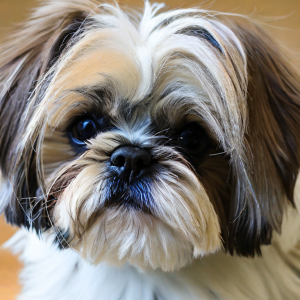
Common Allergy Symptoms in Dogs
Recognizing the symptoms of allergies in your dog is essential for timely intervention. Common signs of dog allergies include:
Itchy skin
Excessive scratching or licking
Redness or inflammation of the skin
Frequent sneezing or coughing
Runny nose or watery eyes
Digestive issues, such as vomiting or diarrhea
Dog Allergy Medicine Options
Several types of allergy medicine are available to help relieve your dog’s symptoms. Here are some standard options:
Antihistamines
Antihistamines are commonly used to manage mild to moderate allergy symptoms in dogs. They work by blocking the effects of histamine a chemical released during allergic reactions. Some popular antihistamines for dogs include:
Diphenhydramine -Benadryl-
Cetirizine -Zyrtec-
Loratadine -Claritin-
Corticosteroids
Corticosteroids are potent anti – inflammatory drugs that can provide quick relief for severe allergy symptoms.
They help reduce inflammation and suppress the immune systems response.
However , long term use of corticosteroids may have side effects. Common corticosteroids prescribed for dogs include :
Prednisone
Dexamethasone
Hydrocortisone
Immunotherapy
Immunotherapy also known as allergy shots is a long – term treatment option for dogs with specific allergies. It involves administering small amounts of allergens to desensitize the dog’s immune system gradually. Immunotherapy is typically recommended for dogs with severe or persistent allergies.
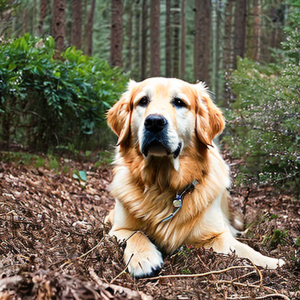
Topical Treatments
Topical treatments such as medicated shampoos , sprays or creams can relieve localized allergic reactions on the skin. These products help soothe itching , reduce inflammation and prevent secondary infections.
Choosing the Right Allergy Medicine for Your Dog
When selecting the most suitable allergy medicine for your dog , it is crucial to consult a veterinarian. They can evaluate your dog’s specific condition and recommend the appropriate treatment. Factors to consider include :
Your dog’s age, breed, and overall health
The severity of allergy symptoms
Allergy testing results, if available
Administering Allergy Medicine to Your Dog
Proper administration of allergy medicine is essential to ensure its effectiveness. Here are some standard methods:
Oral Medications
Most allergy medicines for dogs are available in tablets or capsules. Follow your veterinarian’s instructions regarding dosage and frequency. You can hide the medication in a treat or use a pill dispenser to make it easier for your dog to consume.
Topical Applications
For topical treatments, carefully read and follow the product instructions. Apply the medication to the affected area , gently massaging it into the skin. Avoid contact with the eyes , nose or mouth.
Injectable Medications
In some cases, veterinarians may administer allergy medications via injections. This method is often used for immunotherapy or severe allergic reactions requiring immediate relief.
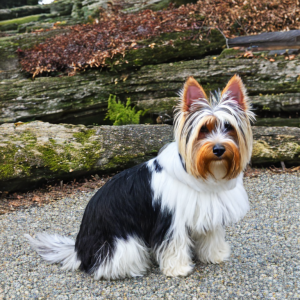
Managing Dog Allergies Holistically
Apart from medication, you can take additional steps to manage your dog’s allergies and improve their overall well-being:
Environmental Allergen Control
Minimize your dog’s exposure to environmental allergens by keeping the indoor environment clean. Regularly vacuum and dust your home, wash your bedding frequently, and use air purifiers to reduce airborne allergens.
Regular Grooming and Bathing
Frequent grooming and bathing can help remove allergens from your dogs coat and skin. Use hypoallergenic shampoos and conditioners recommended by your veterinarian to avoid further irritation .
Proper Nutrition and Supplements
A balanced and nutritious diet is crucial for supporting your dog’s immune system. Discuss with your veterinarian if specific dietary changes or supplements can benefit your dog’s allergies.
Potential Side Effects of Dog Allergy Medicine
While allergy medicines can be beneficial they may also have side effects. It is essential to be aware of potential risks and monitor your dog closely . Common side effects may include :
Drowsiness or sedation
Increased thirst or urination
Upset stomach or vomiting
Changes in behavior or mood
If you notice any concerning side effects, contact your veterinarian immediately.
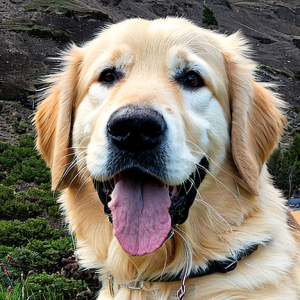
Conclusion
The right allergy medicine and holistic care can manage dog allergies effectively. Consult your veterinarian to determine the most appropriate treatment for your dogs needs . You can ensure your furry friend enjoys a happy and healthy life by relieving allergic symptoms .
FAQs
Q1: Can I give my dog over – the-counter antihistamines ?
A: It is best to consult your veterinarian before giving your dog any over the-counter medication as some human antihistamines may not be safe for dogs.
Q2: Are there any natural remedies for dog allergies ?
A: While some natural remedies may provide temporary relief it’s essential to consult a veterinarian for proper diagnosis and treatment. Natural remedies should be used under professional guidance.
Q3: How long does it take for allergy shots to work in dogs ?
A: Immunotherapy takes time to show results. It may take several months to a year for your dog to improve their allergic symptoms.
Q4: Can I use human corticosteroid creams on my dog ?
A: Human corticosteroid creams should not be used on dogs, as the potency and formulations may differ. Always use medications specifically designed for dogs.
Q5: Can allergies in dogs be cured completely?
A: While allergies cannot be cured permanently, they can be managed effectively through appropriate medication and environmental control.









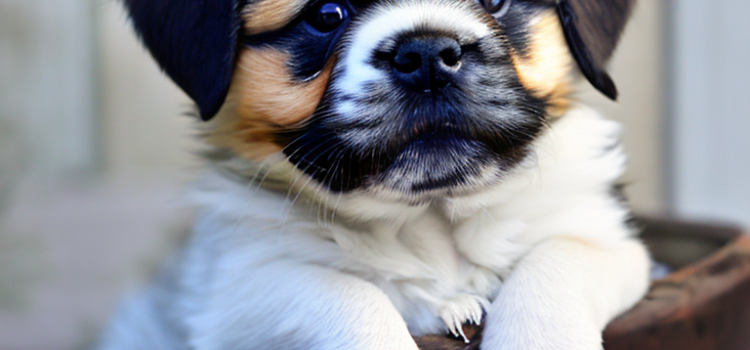
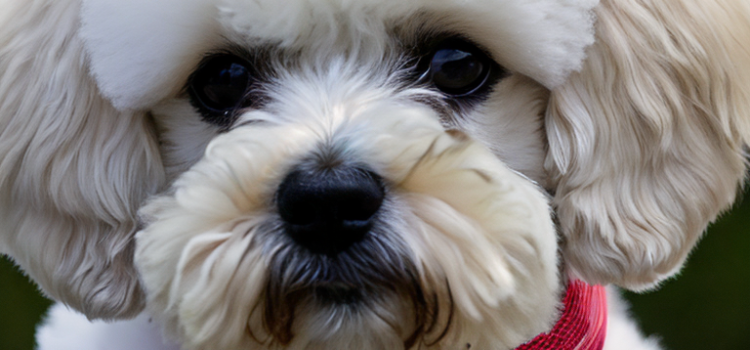

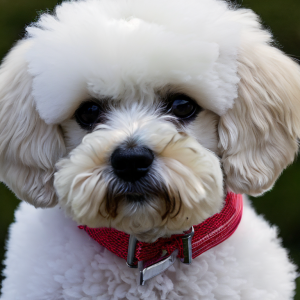
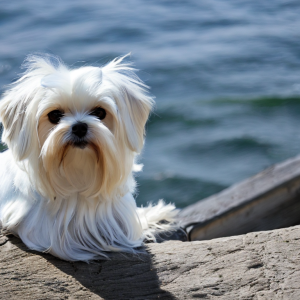
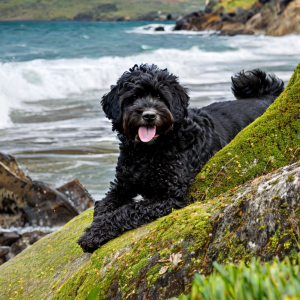
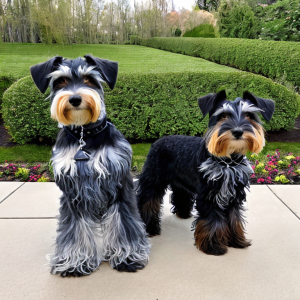

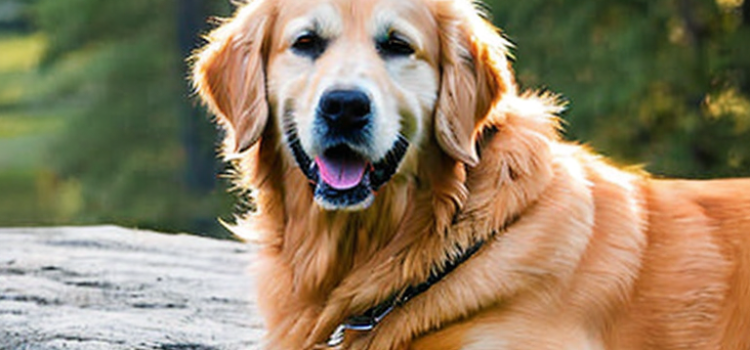
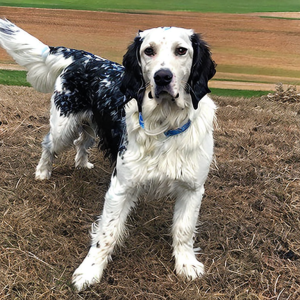

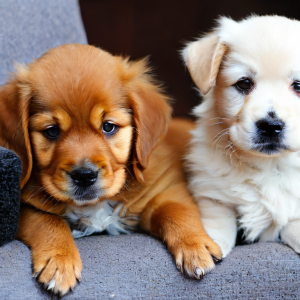
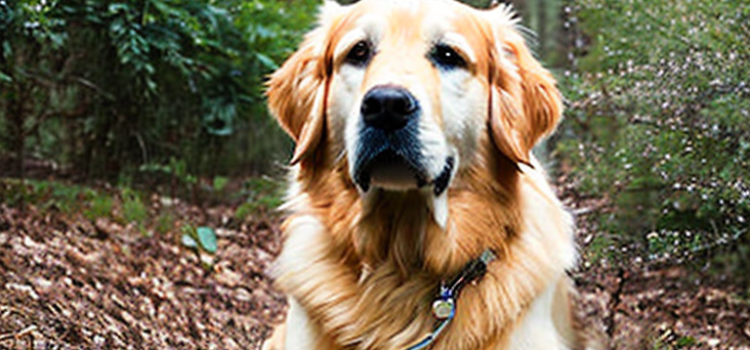
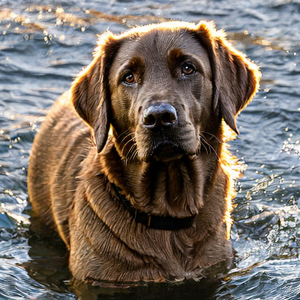
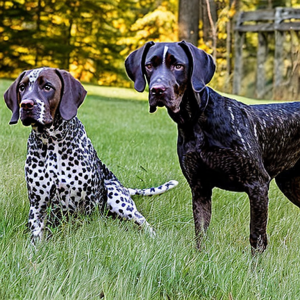
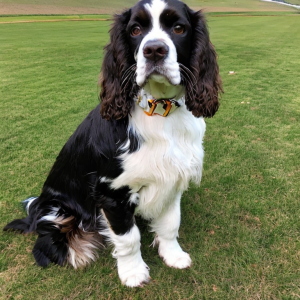
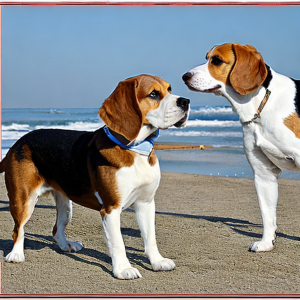
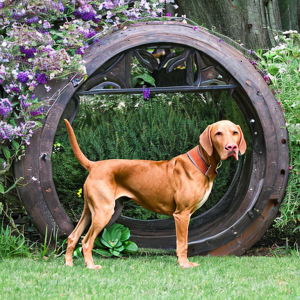

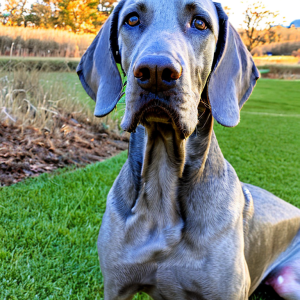
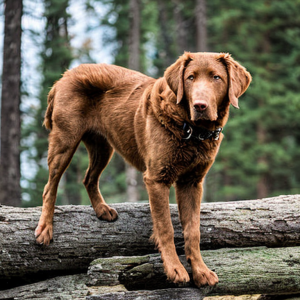

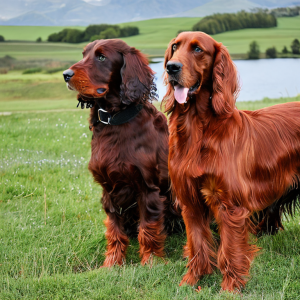
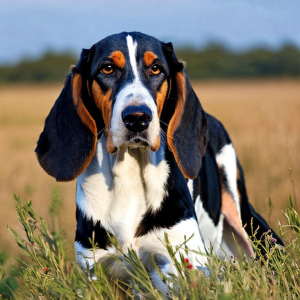
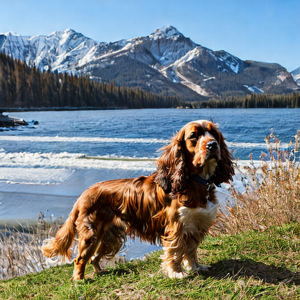
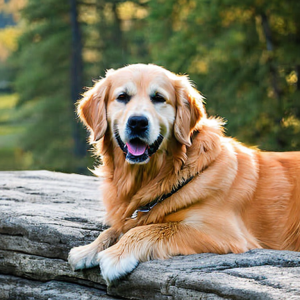
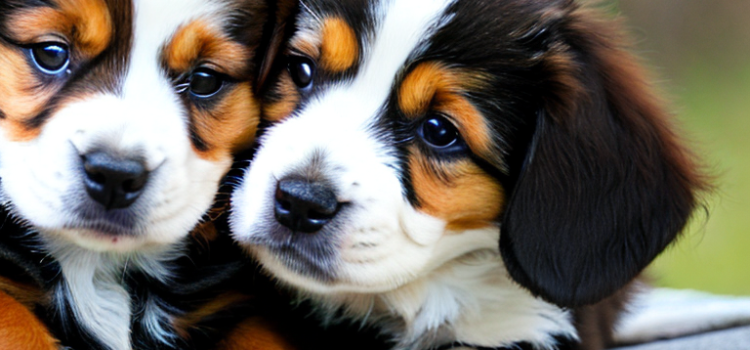
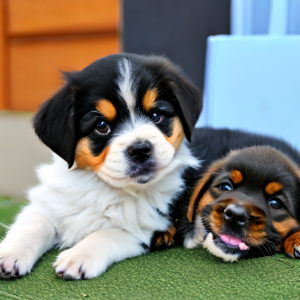

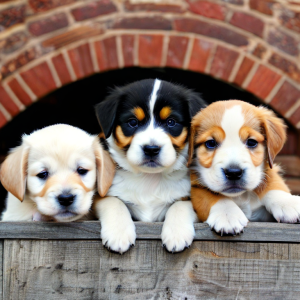


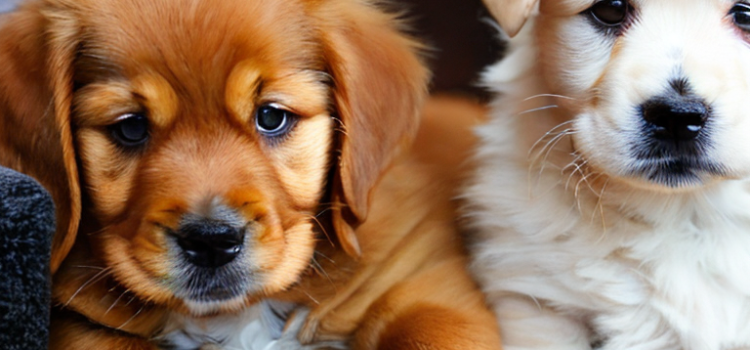
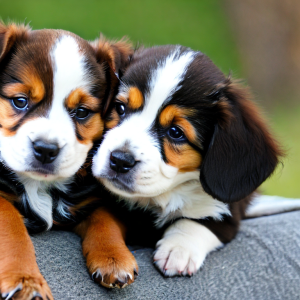
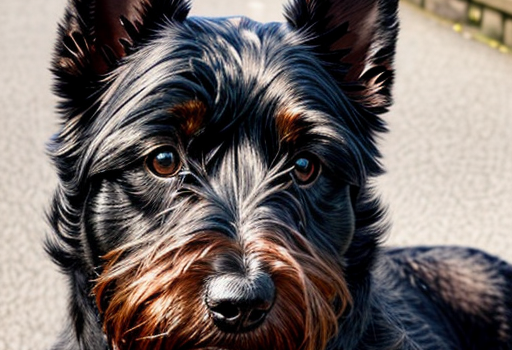
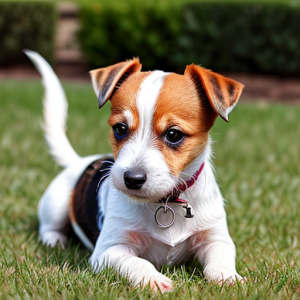
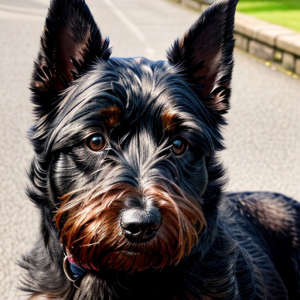
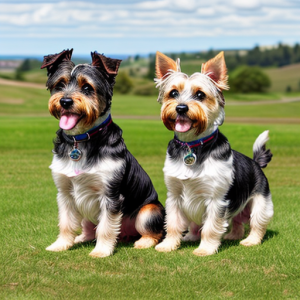

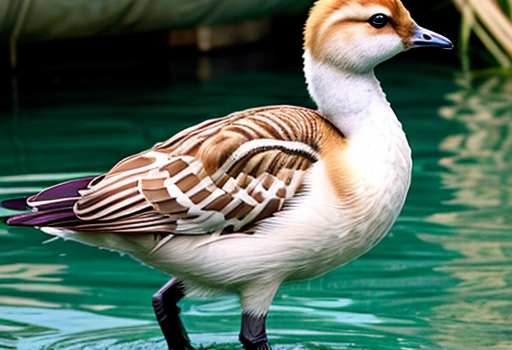
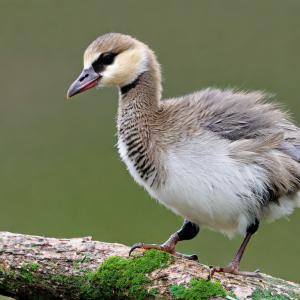
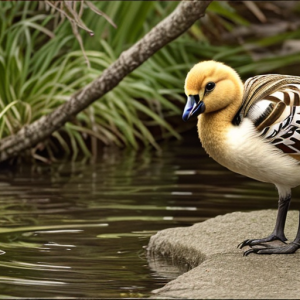
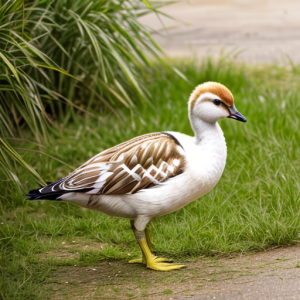

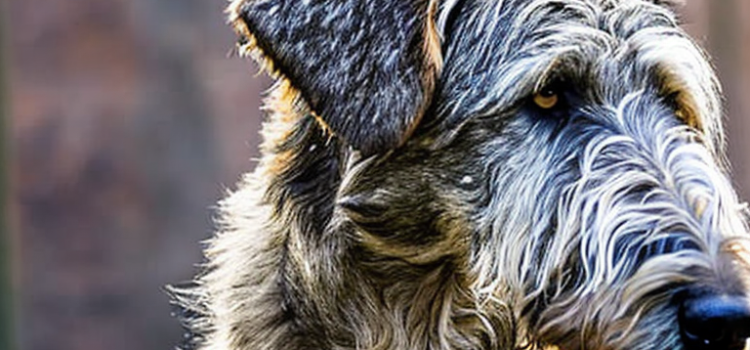
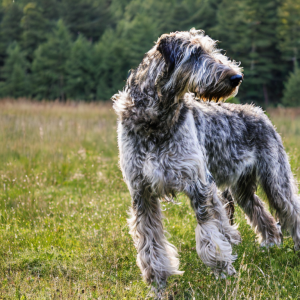
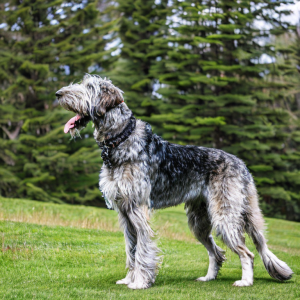
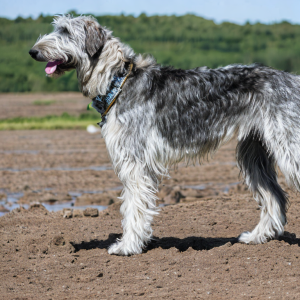
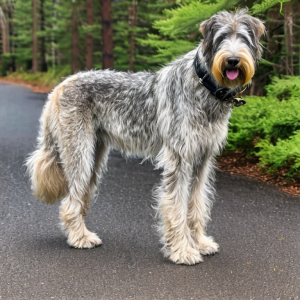
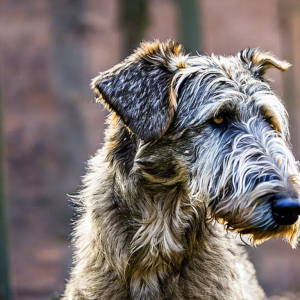
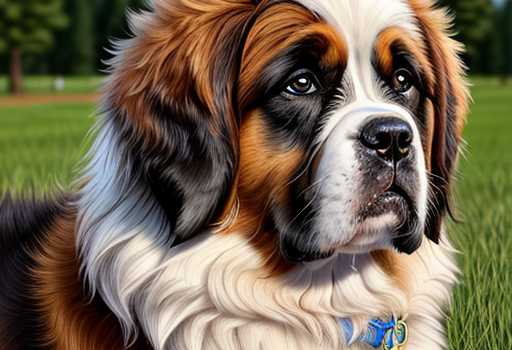

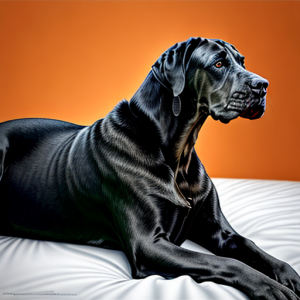
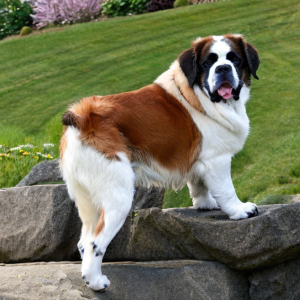

Comments
Dog Coughing and Gagging: Causes , Symptoms and Treatment Options
Scottish Fold Cat: A Breed’s Most Famous Gene is the Reason They’re Resilient to Fatal Diseases
Facts about Dogs and Which of Them Are True
Butter Corn Snake : Ultimate Care,Feeding PRO TIPS